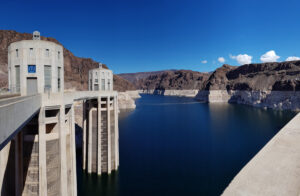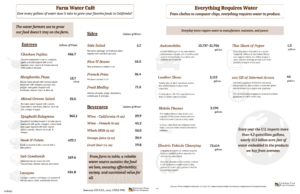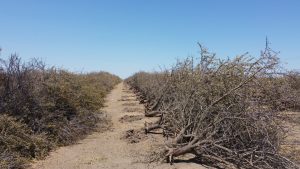
Governor Newsom’s call for a 15 percent voluntary water use reduction is one more reminder of what scientists have been telling us – California’s drought is deepening and we need to do more to capture surplus supplies in response to the new normal of wetter wet years and drier dry years. With adequate planning and political will, we can prevent the shortages we’re seeing now, just a few short years after the State almost lost Oroville Dam during an exceptional flood.
It’s also a reminder that more and more of the state is facing the consequences of this year’s water supply shortages.
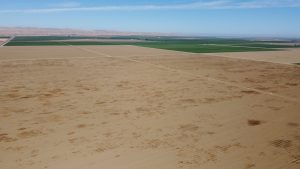
In February 2019, eighteen trillion gallons, or 55 million acre-feet, of rain and snow fell on California, a full one-third more than the water needed for all farm and domestic purposes for an entire year. Had we been able to capture and store more of that water, we could have mitigated the devastating consequences now facing us. And now that another drought has arrived in full force, we’re lamenting the fact that more wasn’t done to build the kind of smart storage projects we need to capture more water the next time flood stories inundate the news.
Since 1980, California farms have reduced water usage by double digits while at the same time increasing production by 38 percent. Still, many are receiving 0% of their normal water allocation this year, resulting in crops going unplanted and mature orchards being bulldozed.
It doesn’t have to be this way.
What state and federal leaders must do now is fund smart water storage projects, repair aging infrastructure so we can reliably deliver water to farms, homes, and businesses, and fund conservation and watershed
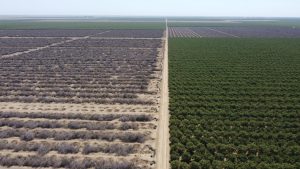
programs that will help build resilience into the water supply system for California’s future generations.
California farmers are committed to supplying the safe, healthy, locally grown food supply we all count on. However, just as homeowners and businesses need water to function, so do farmers. Everything we do takes water, and our leaders need to step up and take the necessary actions to mitigate future shortages.
